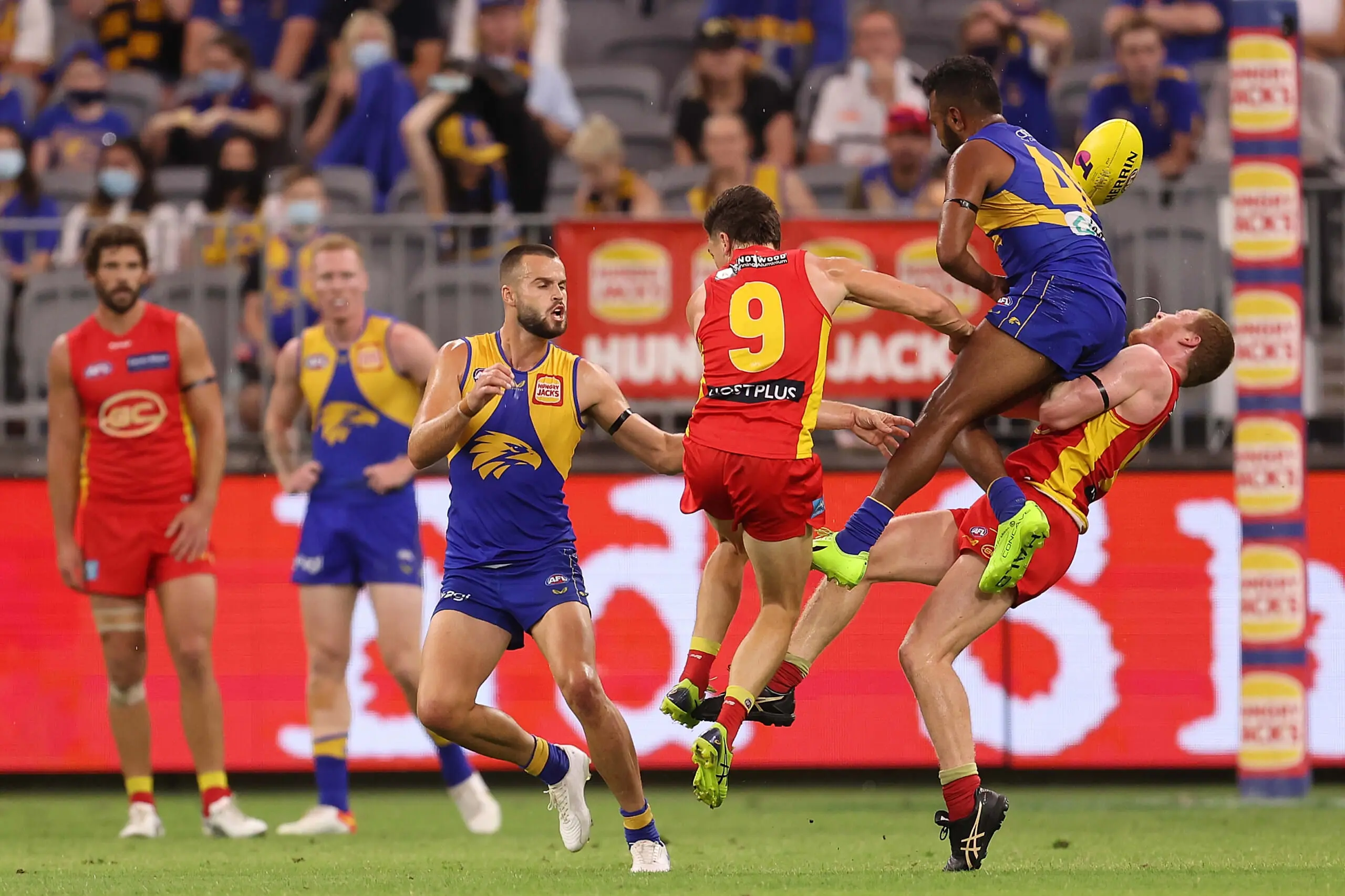For an organisation that is obsessed with "the optics", the overturning of Carlton captain Patrick Cripps’ two-week suspension on Thursday night was a shocking look for the AFL.
For years now it has been drummed into us that the AFL are taking the issue of concussion seriously, in the wake of the chronic traumatic encephalopathy (CTE) horror stories that are emerging in other contact sports around the world, especially American football.
Concussion protocols have been introduced by the AFL in the last couple of years, prohibiting concussed players from stepping back out onto a field for at least 12 days, and the head is seen as the ultimate no-go zone from a match review perspective.
Or at least we thought so.
In almost every case of a player being knocked out, the MRO will work backwards from that point to arrive at a suitable punishment for the player responsible.
It’s never been a process that has sat well with this writer, because the action rather than the outcome should always be what’s scrutinised. Essentially, the league is telling players they can act as recklessly as they like, as long as they don’t hurt anyone – not exactly the best deterrent for head-high injuries.
But for a long time now, we’ve accepted the league’s backward approach to determining sanctions relating to incidents that lead to injuries.
Only this year, Carlton’s Will Hayes was rubbed out for a sling tackle which knocked out Geelong’s Sam Menegola, St Kilda’s Paddy Ryder suffered a similar fate for seemingly holding his ground against oncoming Hawthorn youngster Will Day, and West Coast’s Willie Rioli escaped sanction for his huge hit on Gold Coast’s Matt Rowell after the former No.1 pick dusted himself off and continued to play.

It’s basically unheard of for a concussed player to be forced to miss at least a week, while the player responsible for his situation is allowed to play the next week.
However, that’s exactly what has happened this week. Brisbane’s Callum Ah Chee is sidelined while Cripps, whose conduct was initially described as "careless, high impact and high contact" by the MRO, will be free to take on Melbourne in their must-win clash at the MCG on Saturday night.
It’s a highly unusual scenario that is incongruous with the current climate regarding concussions.
Adding insult to injury (pardon the pun) was that Cripps got off on appeal mainly because of a technicality, or an error of law, rather than the actual hit itself.
It’s a well-established fact that footy is an inherently fierce, contact sport. Every player knows the risks involved to their health when they sign on, and they are renumerated handsomely for their participation.
Nobody is forcing these people to become footballers. If the risks are deemed too great to tolerate by the individual, then they are welcome to pursue another profession.
But even taking that into consideration, the league has gone down this path of making sure that head-high hits in particular will be treated harshly by both the MRO and Tribunal, even in instances that appear to be nothing more than an accident, presumably so they cover themselves for potential future lawsuits and make it look like they treated the issue of concussion seriously.
But surely there is still room for accidents in such a high-velocity sport such as footy?
For what it’s worth, Cripps looked like he was attacking the ball, before bracing himself for contact with Ah Chee.
But on many occasions in the past, that hasn’t been enough to save a player in Cripps’ situation. The Carlton captain hit Ah Chee’s head with great force, something which would almost always seal Cripps’ fate.
As tribunal chairman Jeff Gleeson said earlier in the week: "He (Cripps) entered the contest at speed and saw a player in his peripheral vision, left his feet and bumped Ah Chee at high speed.
"He should have contested the ball differently. He could have taken the ball with arms outstretched so there was no act of bumping at all."
All in all, Cripps’ acquittal has led to mass confusion amongst fans, former players and media alike.
Earlier on Friday, Collingwood great Tony Shaw expressed his dismay on Twitter.
“Good luck to Patty Cripps but this has set a worrying precedent," Shaw said.
“You can now bump someone in the head to contest the ball without an action to mark, grab or spoil the ball.”
Just when it seemed like the AFL had finally done its job in getting everyone on the same page regarding how head-high contact would be treated, much of their good work has been undone courtesy of Cripps’ successful appeal.
When it comes to "the optics" in this situation, they’re being affected by cataracts that are cloudier than a Melbourne winter’s day.







“You can now bump someone in the head to contest the ball without an action to mark, grab or spoil the ball.”
……. only if you play for one of the “favored” vfl clubs.
If cripps played for the “wrong” team he’d been rubbed out for a month.